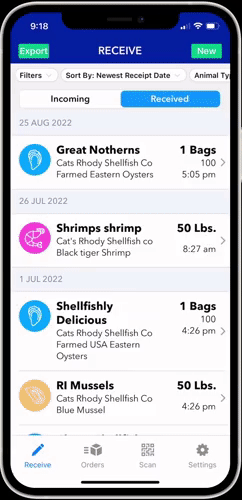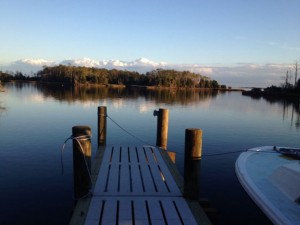Recalls happen--fortunately not very frequently--but they are a fact of life in any food industry. Most recalls are precautionary. In other words, there are no confirmed illnesses.
confirmed illnesses.
Recalls don't have to be scary
Recalls happen--fortunately not very frequently--but they are a fact of life in any food ...
Countering NIMBYism with Chris Matteo of Chadwick Creek Oysters
Below is a letter to the editor of Carteret County News-Times in North Carolina from ...
BC Shellfish Growers Choose BlueTrace
Comox, British Columbia. The British Columbia ShellfishGrowers Association has partnered ...
Podcast: With Aquademia
The Global Seafood Alliance (formerly the Global Aquaculture Alliance) publishes one of ...
Meet Kam: Farmer and Fisherman
Although BlueTrace software is great, the key to success is having folks like Kam Kim of ...
Meet a Distributor: War Shore
Brad Blymier started as a small pedestrian farmer on the eastern shore of Virginia over ...
Tag Printing 101—Say Goodbye to Preprinted Tags
Forget Pre-Printed Tags: How Oyster Tracker Can Help Your Shellfish Farm Transition Into ...
Virtual Tradeshow
We did a virtual tradeshow with the East Coast Shellfish Growers Association. Over 90 ...
Good News from our Clients
The Aquaculture North America just published it's latest magazine, and our clients are in ...
USDA Aquaculture Data: Tread Carefully
The USDA just released a census of Aquaculture in the US. As far as I can see, the data ...


 Comox, British Columbia. The British Columbia Shellfish
Comox, British Columbia. The British Columbia Shellfish Brad Blymier started as a small pedestrian farmer on t
Brad Blymier started as a small pedestrian farmer on t